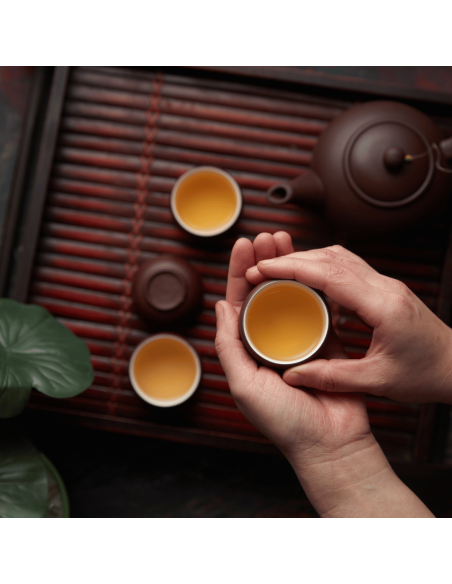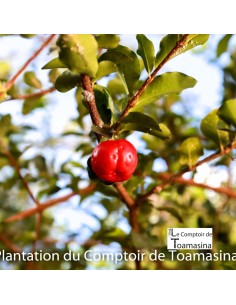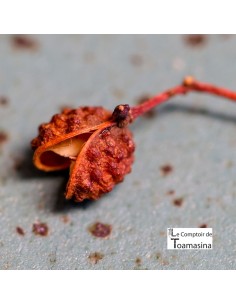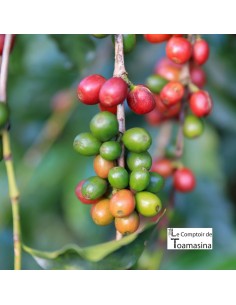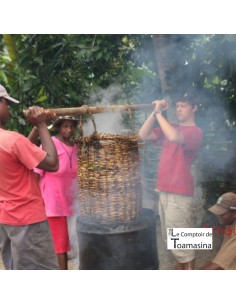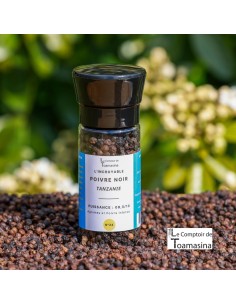Bancha, within the fascinating range of Japanese green teas , is positioned after the prestigious Sencha. However, it is essential to emphasize that their botanical relationship is the only similarity that unites them , since they differ greatly in many other aspects. Today, let’s take a deep dive into the world of Bancha tea.
Bancha green tea from Japan, which is also grown in China, is a tea that is very popular in Japan but much less so in China. Organic and non-organic Bancha will have the same type of cultivation but not the same treatment.
This tea is often categorized as "ordinary tea", "everyday tea" or even "tea for the modest", due to its frequent presence in Japanese homes due to its moderate cost and pronounced taste profile. . Its name stems from a variety of reasons, including the use of older, sturdier leaves when harvesting, as well as late picking, among other subtle nuances.
The Bancha is picked after the Sencha, at the end of the season, from the same plant . While Sencha favors only young leaves and buds, the remaining leaves are deliberately left to mature further and then are harvested in three separate waves .
These Bancha leaves are harvested in June (called nibancha - second harvest), August (sanbancha - third harvest) and October (yonbancha - fourth harvest), hence their nomenclature linked to successive harvests.
It also means "to prohibit" or "to reap", hence their appropriate name. So each plant is grown and harvested up to four times.
As each picking season progresses, the tea leaves become more robust and reach their full potential.
When harvesting Bancha, the upper stems and broad leaves, previously neglected when picking Sencha, are meticulously picked and processed into this variety. These leaves are longer, significantly thinner, and sport a distinct dark green hue.
The transformation process of Bancha is similar to that of Sencha. After undergoing a brief steam cooking, they are dried and rolled before being cut into long shapes and packaged.
Compared to Sencha, Bancha has more astringent notes and a less powerful fragrance, making it an ideal option to enjoy after a hearty meal. Its affordable price makes it the economical choice par excellence for daily infusion. It must be said that it is the second most drunk tea after Sencha. Tea is very popular during meals.
Bancha is classified as a low-grade tea , with reduced theanine content in its leaves. Its low caffeine and theine content makes it suitable for children and pregnant women. There are also high-quality varieties of Bancha, less astringent and with a more delicate scent, called Senryu.

